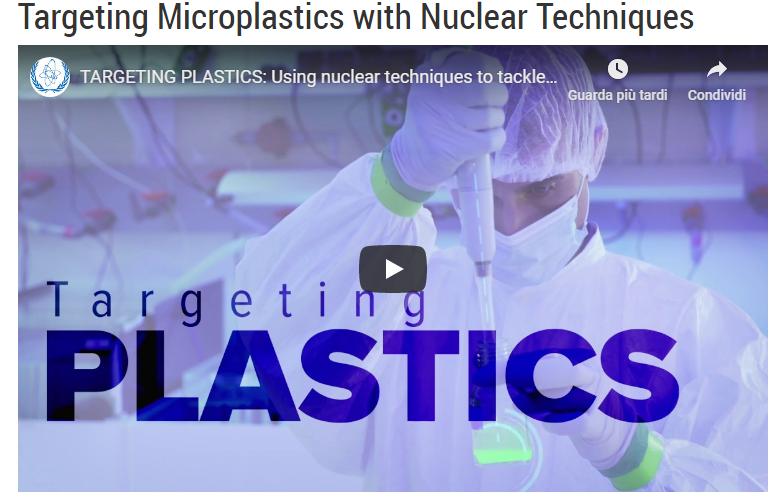Microplastics in the seas, nuclear technology studies the effects on fish and human health

Microplastics in the seas, nuclear technology studies the effects on fish and human health
There would be more micro pieces of plastic in the sea than stars in the Milky Way Galaxy. The IAEA says this in a popular video dedicated to the use of nuclear technologies to better understand this global threat.
The researchers do not yet know exactly to what extent the plastic micro particles can damage the fish species and, consequently, also the food chain.
Radiological traces allow scientists to study whether particles pass through cell membranes. It is possible, in fact, to understand if the mother sharks transmit them to their young or if the plastic micro particles reach the digestive system, the brain or other organs of the shrimps.
Nuclear technologies can also understand if this type of pollution affects the way in which a fish absorbs nutrients or contaminants and if this produces effects on human health.
This research is still new but offers the hope that we can shed light on many questions. Because we cannot solve a problem, concludes the IAEA, without fully understanding it.
The link to the video: https://www.iaea.org/newscenter/multimedia/videos/targeting-microplastics-with-nuclear-techniques
